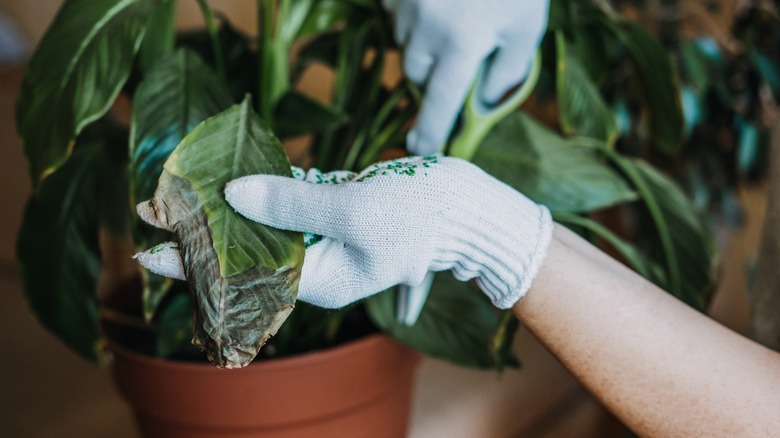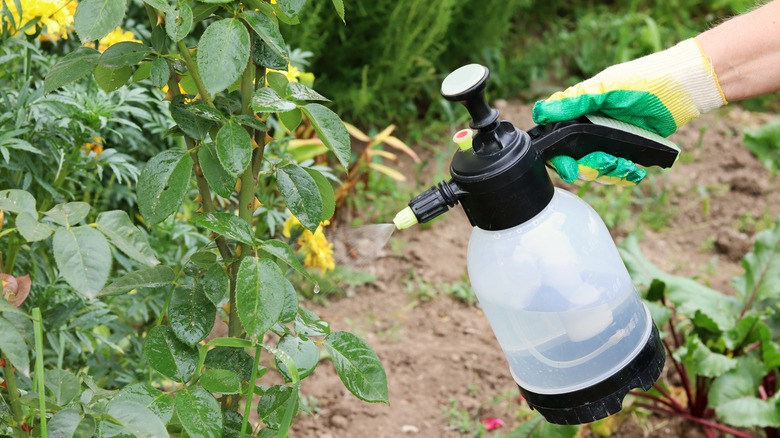How Milk & Cinnamon Could Save Your Sick Plants
Gardening is reminiscent of nurturing kids, but in this case, you get to witness tiny green shoots transform into lively plants. But imagine waking up one sunny morning to the sight of your beloved leafy companions deteriorating under the attack of pathogens. You've invested time, money, and emotions into the plants' growth. The adrenaline rush to leap into action might be overpowering, but not without the fear of chemical herbicides' potential negative environmental impact. Enter an unlikely hero: Milk and cinnamon spray for plants. Surprised? Here's the science behind this duo's magic.
When exposed to sunlight, the proteins in milk undergo a reaction that unfurls their antiseptic prowess. Sounds like an analogy to "Superman" drawing power from the sun, right? Well, the richness of calcium in every splash can make your plant robust and capable of warding off the dreaded blossom end rot. Did we mention that calcium deficiency is often the silent culprit behind blossom end rot in pepper and tomato plants? You'll also appreciate milk's ability to keep aphid populations in check. Ground cinnamon, on the other hand, is nature's Swiss Army Knife, thanks to its potent antibacterial and anti-fungal properties. And thanks to its pungent smell, it moonlights as a garden pest deterrent. These two kitchen regulars, when carefully combined, present a practical, affordable, eco-friendly remedy to maintain a healthy and vibrant plant life.
How to use milk and cinnamon spray for sick plants
You'll begin with readying your supplies: A jug, a couple of teaspoons of ground cinnamon, a cup of water, a cup of milk, a spray bottle, and a sieve. Blend the milk, water, and cinnamon powder in your jug until the cinnamon surrenders its gritty independence, merging seamlessly into the mixture. You want a fine, smooth solution that leaves no plant leaf uncoated, so use your strainer to sieve any stubborn cinnamon bits when transferring the mixture into your spray bottle. Next, shake your mixture well and lightly coat the tops and undersides of your plants' leaves. Feel free to repeat the treatment every few days for severe cases and to keep the healthy plants robust.
A few words of caution, though. Always remember to keep your experiments low-risk. That means keeping your measurements in check and starting with a patch test on one plant to ensure the mixture brings life and not havoc. In addition, choose a day that's bright but not sweltering, as milk works its magic best under the sun's watchful gaze. Here's the tricky part — don't apply chemical pesticides or fertilizers afterward. They might seem like reinforcements, but they'll only end up neutralizing milk's benefits in your garden. Looking for other all-natural allies? Try baking soda or garlic water — both have a reputation for antifungal prowess. Cinnamon oil, more potent than its grounded sibling, is also a worthy substitute; just remember to dilute it before use.

